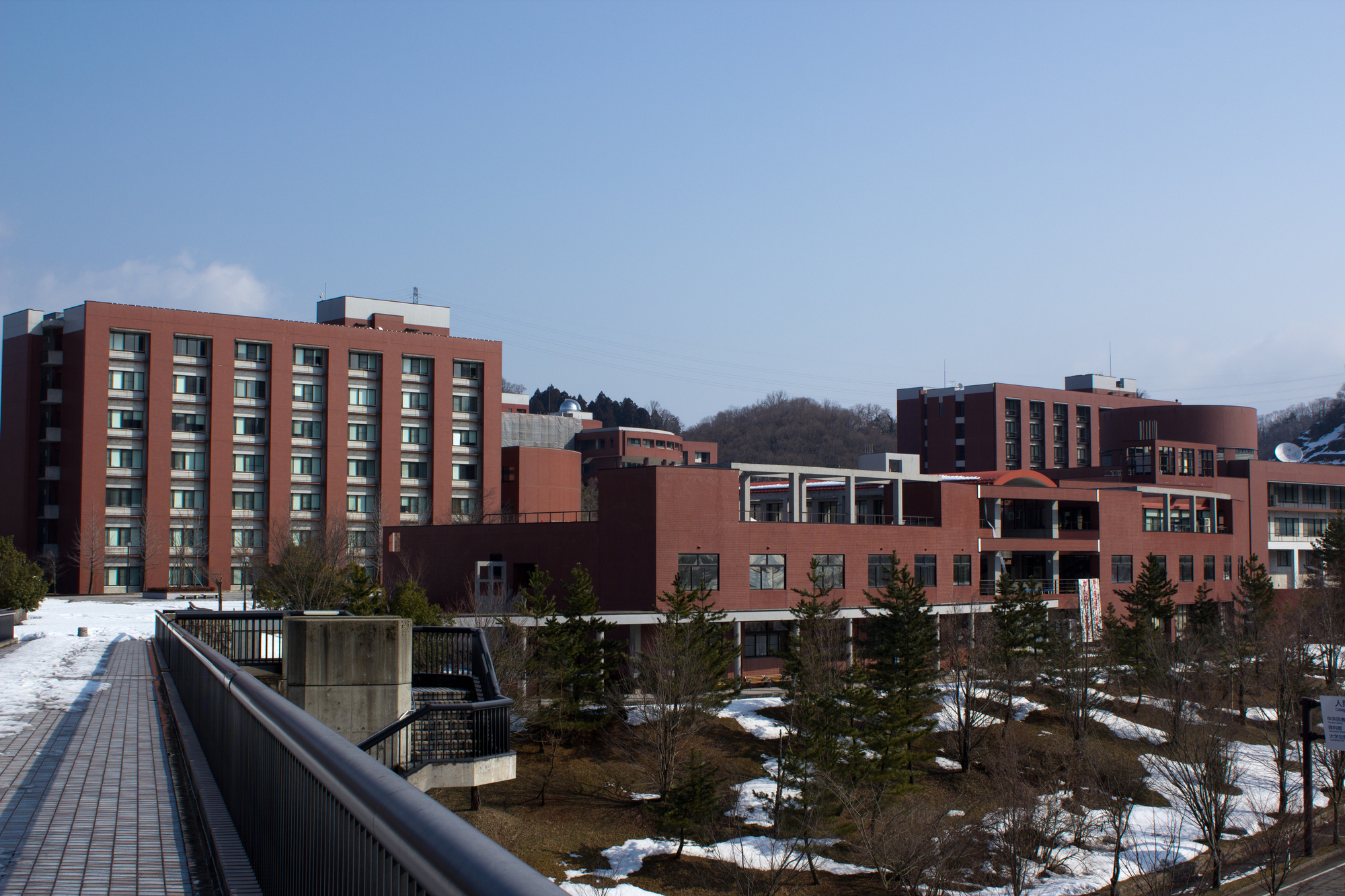Spasticity, which is a characteristic of stroke patients, interferes with various daily activities due to decreased voluntariness, and greatly impedes daily activities.In fact, it is often difficult to perform walking movements due to clubfoot equinus caused by spasticity.
As a neurophysiological evaluation method for spastic muscles, there is an index called the F wave, which indicates the excitability of spinal anterior horn cells using evoked electromyography.It is known that F waves appear in various shapes when recorded from normal muscles, but the same waveform appears when F waves are recorded from spastic muscles.In other words, if the F-wave waveform itself can be evaluated, spasticity can be objectively understood, but currently no valid F-wave waveform analysis method has been established.
In order to objectively capture the diversity of F waves, we conducted a study focusing on the amount of change due to cancellation of waveforms using averaging processing, and found that there are five types of diversity in F waves recorded from the upper limbs. Admitted.However, the upper and lower limbs differ from the muscles that derive F waves to the characteristics of the anterior horn cells of the spinal cord.
Assistant Professor Marina Tofuji of Kansai Medical University, Specially Appointed Professor Masaaki Hanaoka of Shinshu University, Professor Hitoshi Asai of Kanazawa University, and Professor Toshiaki Suzuki of Kansai Medical University Graduate School applied averaging processing to the F waves derived from the lower limbs to cancel the waveforms. We attempted to analyze the diversity of waveforms by visualizing them from histograms.
As a result, the F waves derived from the lower limbs showed different characteristics from those from the upper limbs.We found that F waves derived from the lower limbs had negative apexes appearing within relatively the same time period compared to the upper limbs, and there were four types of F wave diversity, one less than from the upper limbs.
The results obtained in this study will serve as a reference for the diversity of F waves in future analysis of F wave waveforms.Furthermore, we can suggest that the waveform types are different between the upper and lower limbs, and we believe this will be helpful in waveform analysis of the F wave, which will be further developed in the future. F-waves are said to be electrical potentials that can be recorded from the whole body, and can be applied to various evaluations such as changes in voluntariness and motor unit recruitment due to cerebrovascular disorders, so further development is expected in the future as the use cases expand. .
Paper information: [Heliyon]Application of new waveform analysis methods reflecting F-wave diversity -classification of F-wave diversity according to differences in the derived muscles


